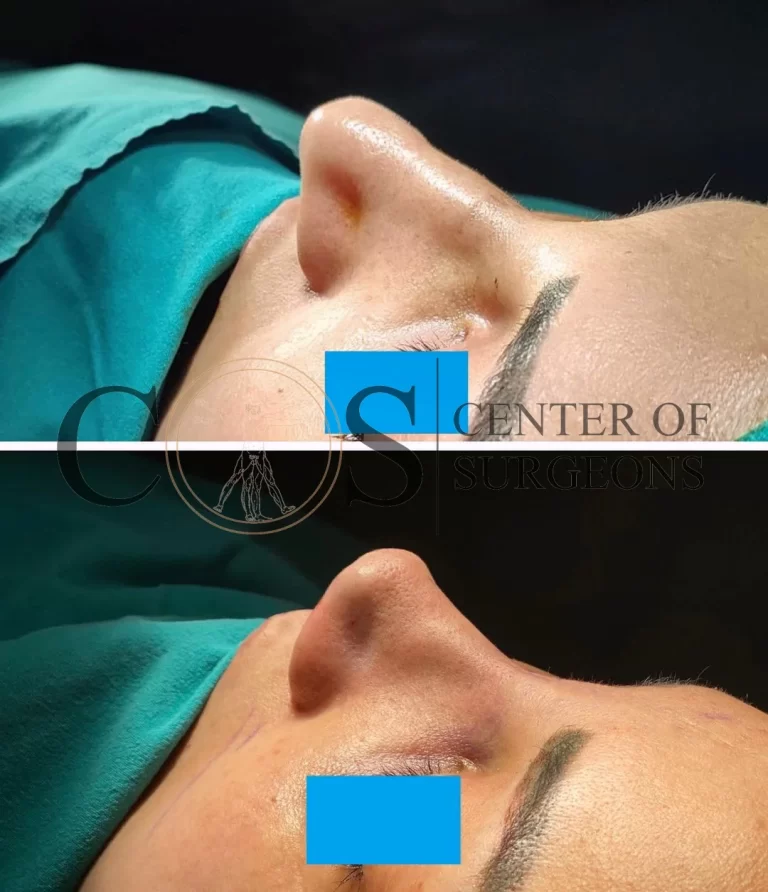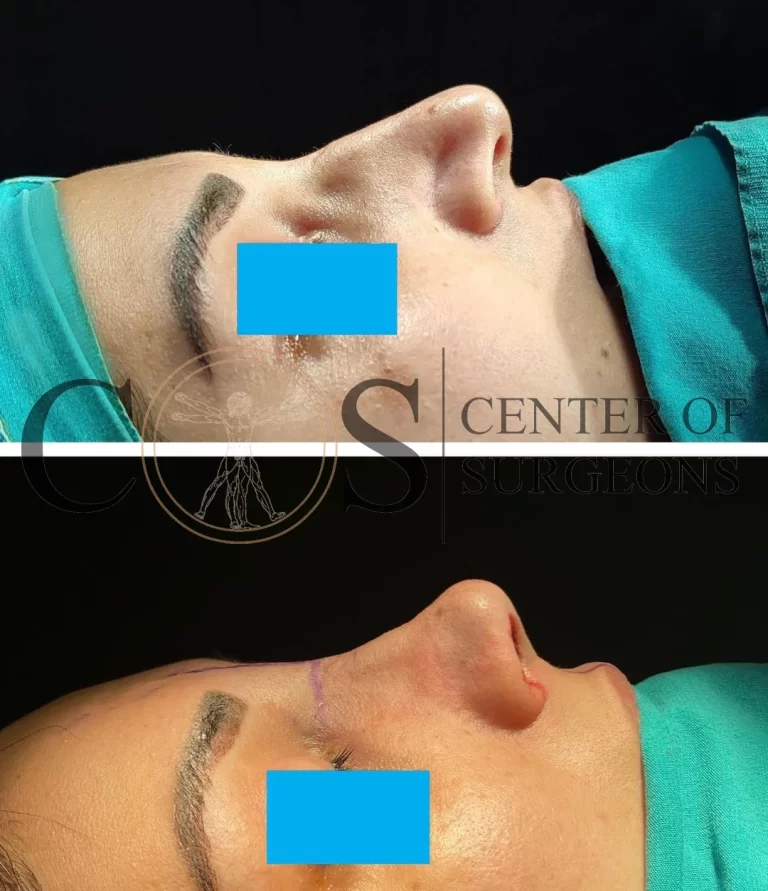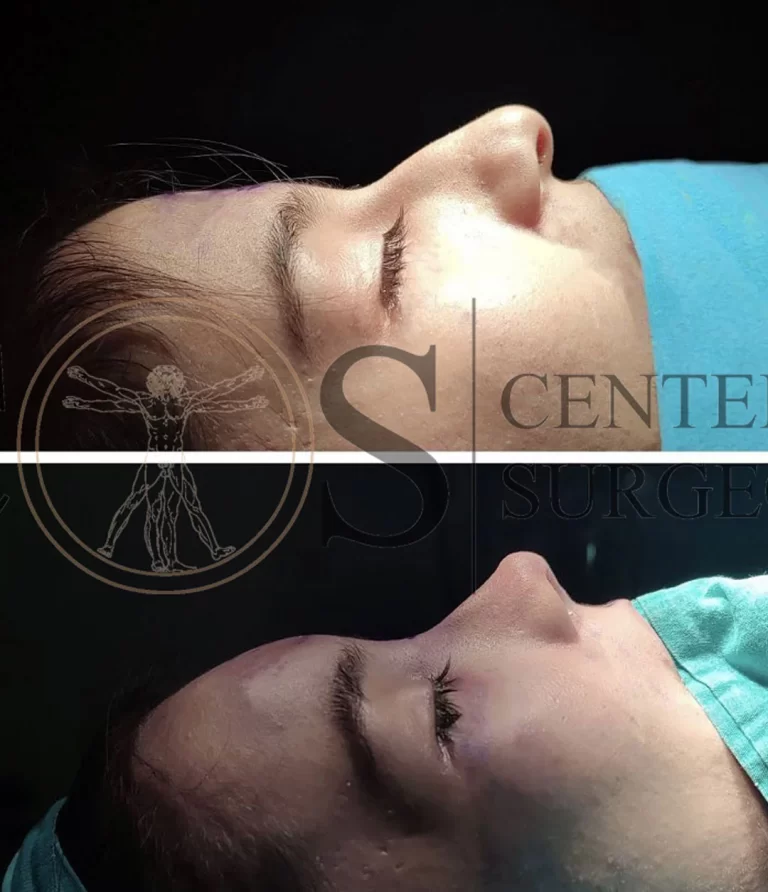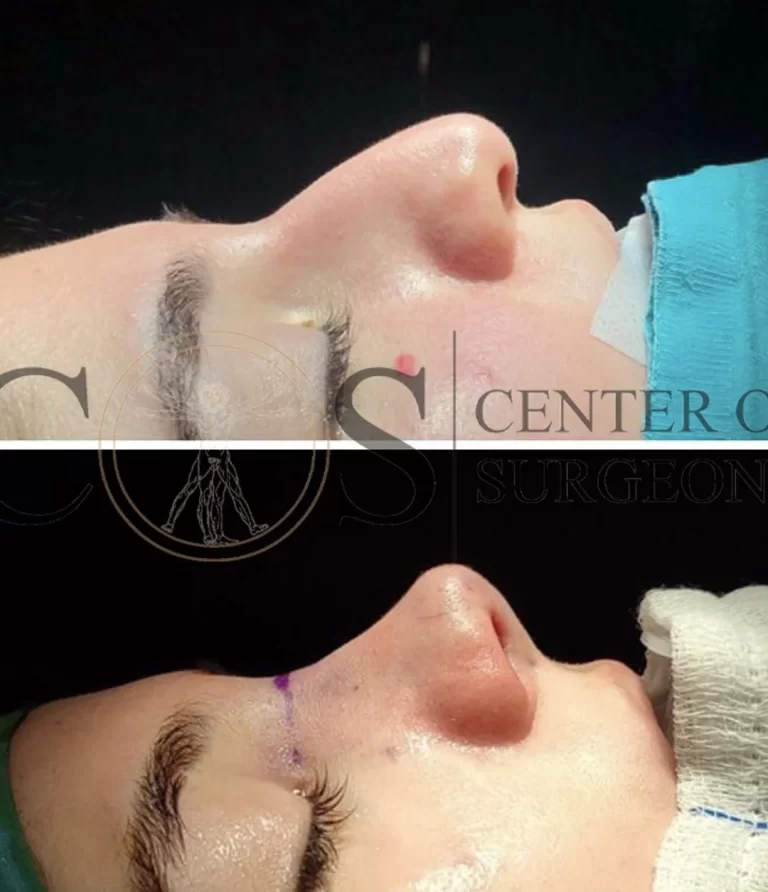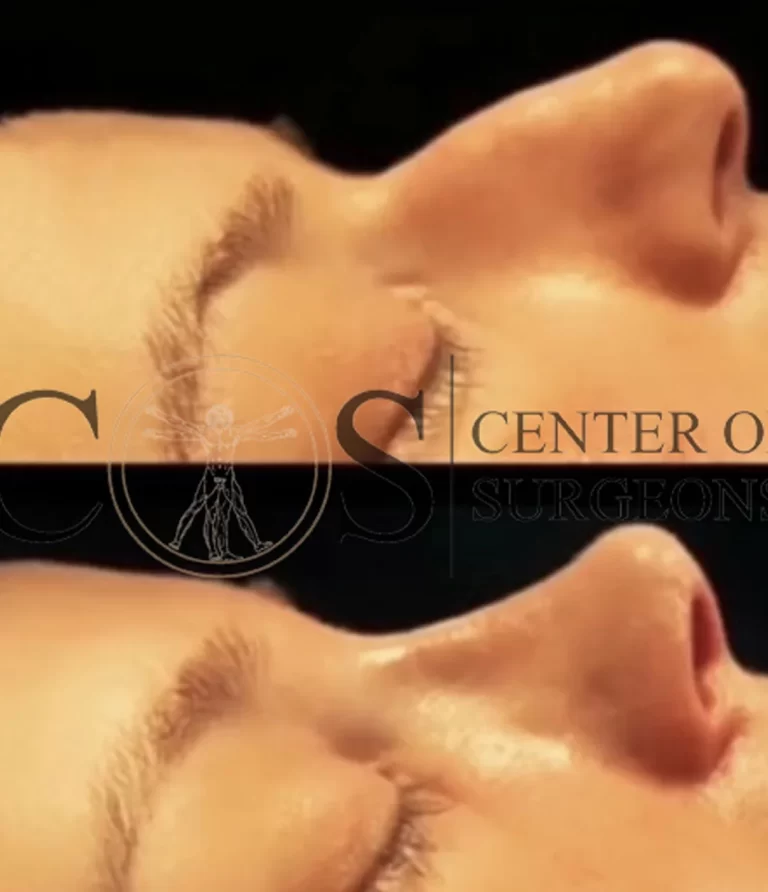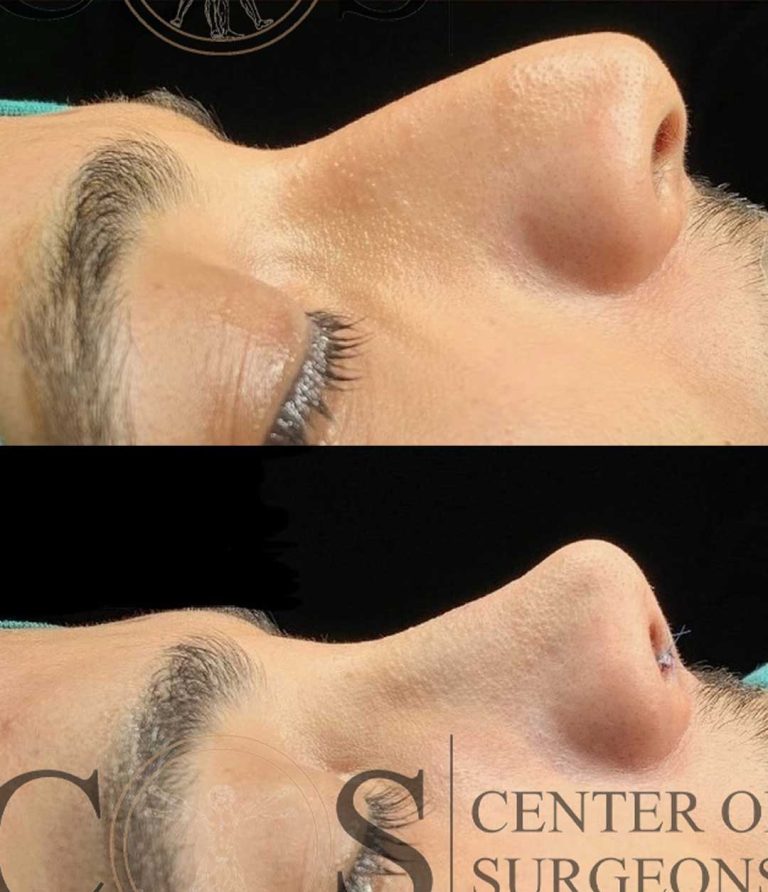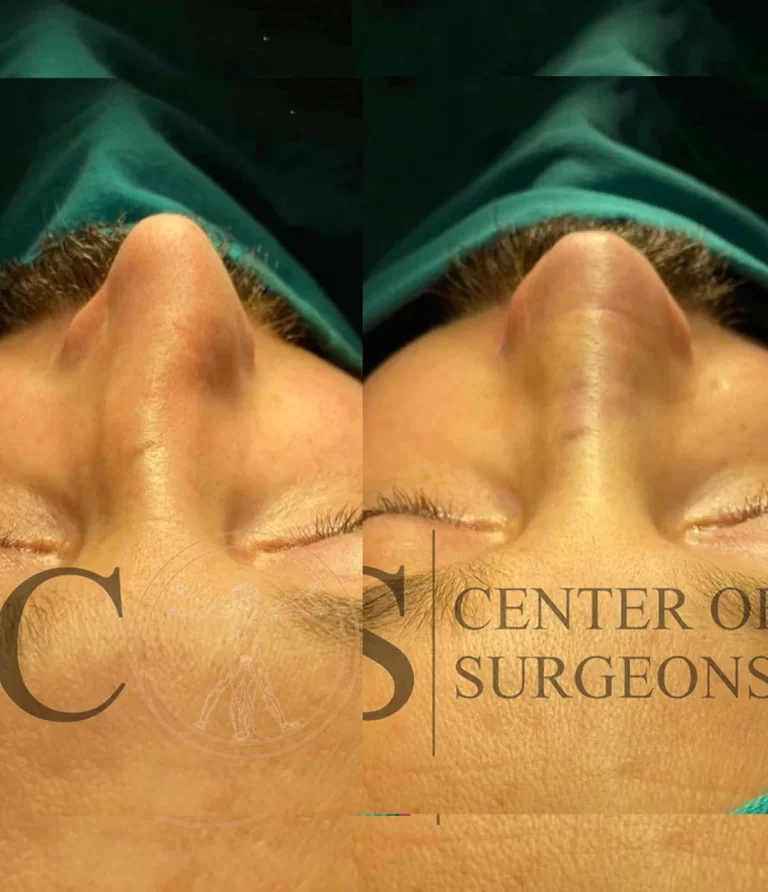Hair Transplantation
Trusted and Natural Hair Transplant Solutions
Achieve a fuller, natural look with hair transplantation. Our expert team provides permanent and safe solutions to revitalize your hair.
Book your free consultation now for a fresh, new look!
"Discover our solutions with a free consultation—contact us today!"
Hair loss is a concern that can affect self-confidence in both men and women. With today’s advanced medical techniques, hair transplants offer a natural and permanent solution to alleviate aesthetic concerns. Understanding the frequently asked questions about hair transplants can help you make the best decision for yourself. Here’s what you need to know about hair transplant services:
What is Hair Transplant?
Hair transplant is the process of transferring healthy hair follicles from a donor area to the balding or thinning areas. Typically, this treatment is applied to the front of the head, crown, or other areas experiencing hair loss. To achieve a natural look, the procedure is carefully planned according to the patient’s hair structure, facial features, and degree of hair loss.
Who is Suitable for Hair Transplant?
Is hair transplant suitable for everyone?
Hair transplant is generally suitable for men and women experiencing advanced hair loss and who have healthy hair follicles in a donor area. The ideal candidates are those with enough healthy hair in the donor area. Factors like scalp structure, hair type, and general health are also crucial. Consulting a specialist will provide the best guidance.
What Hair Transplant Methods Are Used?
What are the most common hair transplant methods?
The main hair transplant methods include:
- FUE (Follicular Unit Extraction): In this method, individual hair follicles are extracted and transplanted to the desired area. It is minimally invasive and has a fast recovery time.
- FUT (Follicular Unit Transplantation): This involves taking a strip of scalp and extracting hair follicles from it for transplantation. It is now less commonly preferred.
- DHI (Direct Hair Implantation): The Choi Implanter Pen is used to directly implant the hair follicles without waiting, leading to healthier results.
How Long Does a Hair Transplant Take?
How long does a hair transplant procedure last?
The duration of a hair transplant varies based on the number of grafts and the chosen technique, typically lasting between 4 to 8 hours. The procedure is generally performed under local anesthesia, making it comfortable for patients. While most can resume daily activities within a few days, it can take 6-12 months to see full results.
What is the Recovery Process After a Hair Transplant?
What can be expected after a hair transplant, and what is the recovery process like?
For the first few days after the procedure, mild scabbing and redness may occur on the scalp, which will disappear within 10-15 days. Key points for the first two weeks include:
- Avoiding contact with water for the first week.
- Keeping the head upright to support blood circulation.
- Using the prescribed shampoos and lotions as recommended by your doctor.
During the first 2-4 weeks, some shedding of transplanted hair follicles is normal; this is part of the natural process. After this shedding, new hair begins to grow, gradually achieving a natural appearance.
Is Hair Transplant Permanent?
Are the results of a hair transplant permanent?
Yes, hair transplant results are permanent. The hair follicles taken from the donor area are genetically resistant to hair loss, and once transplanted, they will continue to grow in the new area. While some shedding may initially occur, the hair will start to grow back permanently after a few months.
What Should Be Considered Before and After Hair Transplant?
What are the pre- and post-transplant care instructions?
Before: Avoid blood-thinning medications and alcohol. A balanced diet can help support the health of hair follicles.
After: For the first week, avoid any trauma to the head, direct sunlight exposure, and wearing hats or caps. Use only the products recommended by your doctor and attend follow-up visits as advised.
What is the Cost of Hair Transplant?
Why do hair transplant costs vary?
Hair transplant costs depend on the chosen method, the number of grafts, the expertise of the specialist, and the facilities of the clinic. Prices are generally determined by the length and complexity of the treatment plan. Consult with a specialist for detailed pricing information.
Is Hair Transplant a Safe Procedure?
Is hair transplant a safe process?
Yes, hair transplant is safe when performed by experienced professionals in a sterile, modern clinic. It’s essential to consider the clinic’s hygiene standards, the expertise of the professionals, and the quality of the equipment used.
Can Hair Transplant Achieve a Natural Look?
Is it possible to get a natural look with a hair transplant?
Yes, when performed with the correct techniques, a hair transplant provides a natural appearance. A well-planned procedure ensures that hair follicles are implanted with attention to direction, density, and compatibility with the patient’s facial features.
What is a hair transplant?
A hair transplant is a surgical procedure that moves hair follicles from a dense area (donor site) to a thinning or bald area, restoring natural hair growth.
Who is a good candidate for hair transplantation?
You may be a good candidate if you:
- Have visible hair thinning or bald spots
- Have healthy donor hair on the back or sides of your scalp
- Are in good overall health
- Want a long-term, natural-looking solution for hair loss
What are the different hair transplant techniques?
- FUE (Follicular Unit Extraction) – Extracts individual follicles for a scar-free, natural result.
- FUT (Follicular Unit Transplantation) – Removes a strip of scalp with hair follicles, providing higher graft yield.
- DHI (Direct Hair Implantation) – Uses a special implanter pen for denser and precise placement.
How long does it take to recover from a hair transplant?
- Most patients return to normal activities within 2-5 days.
- Mild swelling and redness subside within 7-10 days.
- Transplanted hair sheds in 2-3 weeks, and new hair starts growing after 3-4 months.
- Full results appear in 9-12 months.
Is a hair transplant permanent?
Yes! Transplanted hair follicles continue to grow naturally for a lifetime, following the growth cycle of your normal hair.
Will a hair transplant look natural?
Yes! When performed by an experienced specialist, modern techniques like FUE and DHI ensure a realistic, natural-looking hairline and density.
Can a hair transplant be done for a receding hairline?
Yes, hair transplants are commonly used to restore a natural hairline, enhancing facial symmetry and youthful appearance.
How much does a hair transplant cost?
The cost depends on factors like the technique used, number of grafts, and clinic expertise, typically ranging from $3,000 to $10,000.
